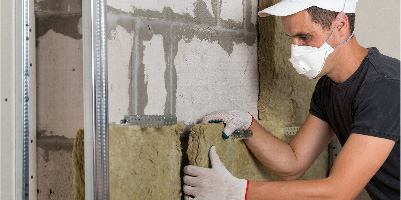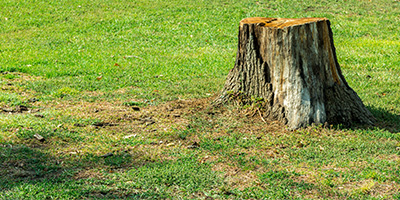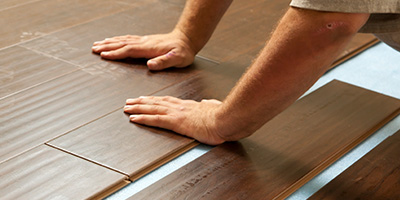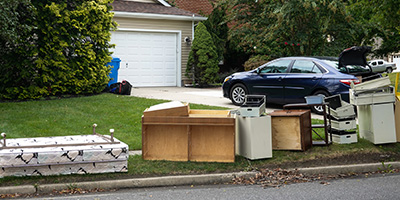The Ultimate Guide to Planning a Successful Community Cleanup
Take the steps to make your community a better place. Follow along with our guide to plan a seamless cleanup event.
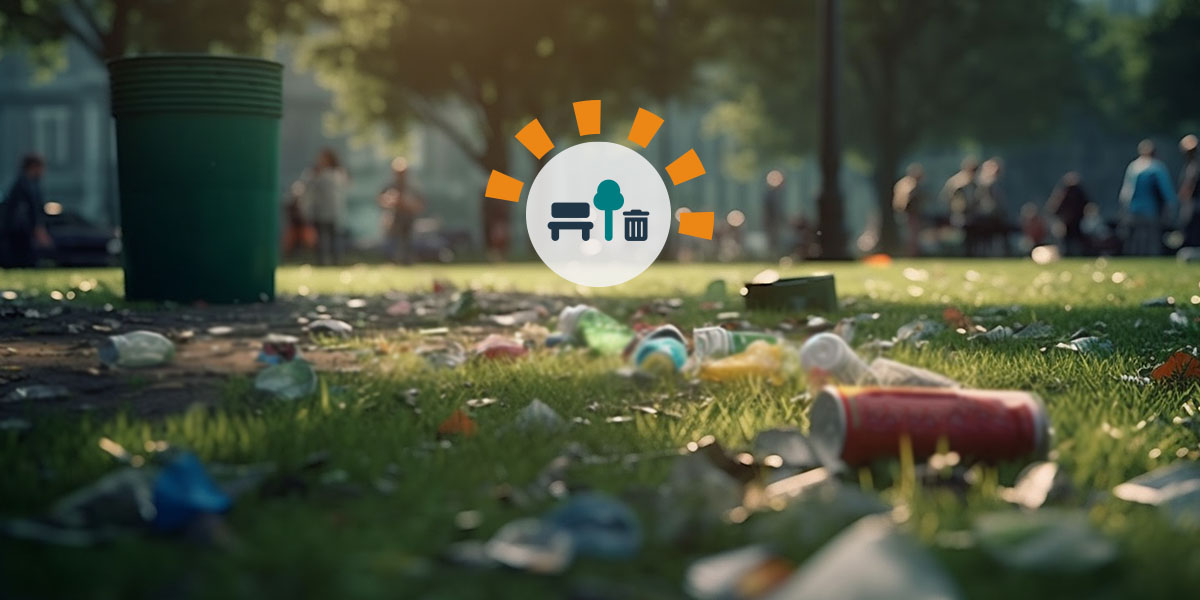
Keep Your Neighborhood Clean and Litter-Free
If you ever walked through your local park and thought, "someone should clean this up," then you're in the right place. Individuals are responsible for creating litter but it takes a village to clean it up.
The success of a community cleanup depends on how well it's planned. From picking a location, developing an action plan and earning the support of volunteers from the community, it can take a lot of time and effort. Get expert advice from Elizabeth Mullen Matteson of Litter Project and Sarah Wilson from Doing Good Together to make sure your event is successful.
Community Cleanup FAQs
How do I start a community cleanup?
Find a place in your area that needs litter picked up. Gather your friends, family and other community members to help, and check if there are any local organizations that might be interested. Once you have the volunteers, set up a plan to make sure you have the right tools and details for a smooth workday. Share the plan with your team and once everyone is on the same page, it's time to clean.
What are the best litter cleanup tools?
For litter in public areas, use a trash grabber. You can also use your hands as long as you have the proper safety gloves to handle the waste. When you're cleaning a large space, consider tools that will make your process easier, like wheelbarrows and a roll off dumpster. By having these things on-hand, you can move larger amounts of debris without plastic bags.
How can I get rid of hazardous waste?
If you need to toss hazardous waste from your cleanup, check for a drop-off site in your area. If there are no drop-off sites nearby, reach out to your city for details on local collection dates for these items.
How to Plan a Neighborhood Cleanup
1. Scout Out the Location
Chances are you already know what areas are litter magnets in your community, but it’s important to scout out locations to plan logistics. Find a spot for your cleanup “headquarters” where you can keep supplies and gather everyone together. It should be as close to restrooms, parking and available garbage cans as possible. “If the place [involves] private lands or special access, consider that special permission is needed,” says Elizabeth.
Here are a few things to keep in mind when selecting your location:
- Size of the park or street section.
- Adequate parking lots or available street parking.
- Storage space for supplies and water for volunteers.
- Location and number of garbage cans or space for a small roll off dumpster.
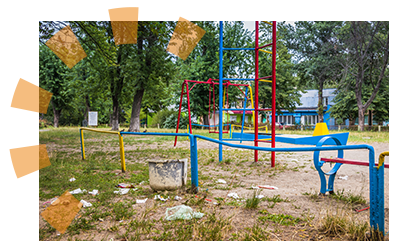
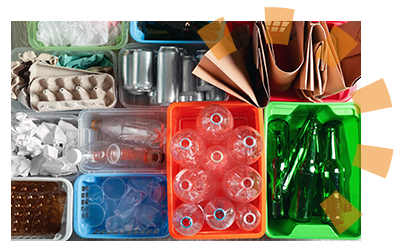
2. Set the Project Goal
After you have scouted out the location, it’s time to set your project goal. Of course, the primary goal is creating a clean space for you and your neighbors to enjoy. But you should also consider setting secondary goals, such as recycling specific items, documenting the cleanup process and raising awareness of the littering problems in your community.
3. Develop a Clear Plan of Action
Keep your plan concise and simple. Create a thorough timeline of events, including checklists for important materials and any delegated tasks.
Important Questions to Answer When Planning Your Neighborhood Cleanup
- Will you be using trash cans or a dumpster?
- What is your plan for any hazardous waste collected?
- How many volunteers will you need to tackle your planned location?
- How is this plan going to be communicated to residents and volunteers?
- What materials will you need on hand for the cleanup? Ex. gloves, pickup tools, shovels and trash bags.

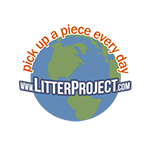
"Get clear on the location, time of the planned cleanup and goal."

4. Assemble Your Team
Recruiting volunteers and members of the community is key to a successful cleanup. Use your personal network, social media or enlist the help of your local media to get the word out.

“The best way to attract more people in the community to come out is to be excited about the project yourself. Pick a place that has meaning to you, that you can visualize beautiful and clean. Make that happen, then tell lots of other people your plan and very clearly invite them to join you. Your connection is what will attract others to help, plus details on the where, when and why of the cleanup.”
5. Communicate the Cleanup Day Plan
Have a meeting a few days before the cleanup to clearly go over the timeline of events and your plan of action. Explain where supplies will be kept, if water and snacks will be provided and any other important information.


Pro Tip
Send out a reminder email to your list of volunteers the day before the scheduled cleanup. To anticipate possible miscommunications, consider bolding the meetup location in your email. You can also a Google Maps link for better visualization. Remember to share contact information in case someone has questions.
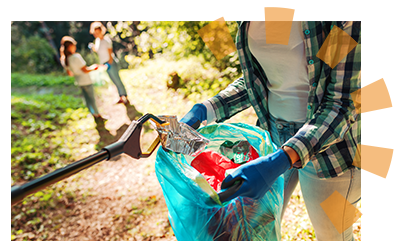
6. Get to Work
The day of the cleanup, arrive early to ensure that everything is in place and organized before getting to work. Make sure to throw your trash bags out in a nearby dumpster as you go along. This way, you'll avoid the extra step to collect the bags when you're done. Bags of debris can be deceptively heavy, consider using wheelbarrows or dollies to do the heavy lifting for you.
7. Celebrate After the Cleanup
Once the hard work is finished, it’s important to enjoy the newly cleaned space. Think about planning a thank-you event for residents and volunteers who were there to lend a helping hand.
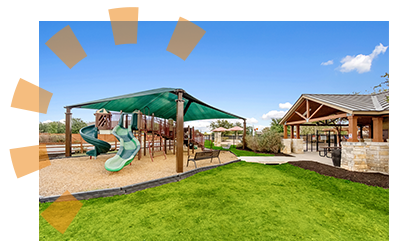
Keeping Your Neighborhood Clean
While it would be ideal to have a completely pristine park year-round, litter has a habit of popping up in public places. The best way to keep your neighborhood clean is not only to plan large-scale annual events, but also pick up litter every time you see it. Sarah says, “Look where you are and do something right now," Sarah said. "Special projects are good, but if you wait for a time when you can clean up with a girl scout troupe, the area will only get worse. Make it a habit to clean each time you visit a park.”
In addition, Elizabeth points out there's also an emotional connection from putting in the hard work, “Once people are invested in a place, they tend to keep it up. They also tend to love it all the more, and isn’t that what this is all about?”
Expert Contributors

Elizabeth Mullen Matteson
Elizabeth is the founder of Litter Project, a non-profit organization in Rhode Island that works to inspire people to pick up one piece of trash a day and set up their own community improvement projects nationwide. Aside from Litter Project, she is also a web designer at EM Web Design, a web development and internet marketing company.
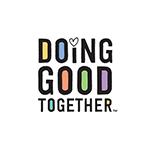
Sarah Wilson
Sarah worked for Doing Good Together (DGT), a non-profit based in Minneapolis that's focused on creating volunteering opportunities open to families. She researched and coordinated kindness opportunities for families in the Miami area and managed the DGT's Miami- based Instagram.
What Do You Think?
Have thoughts on community cleanups? We want to hear about it. Head over to Twitter or Facebook,
and use #dumpstersblog to join the conversation.


